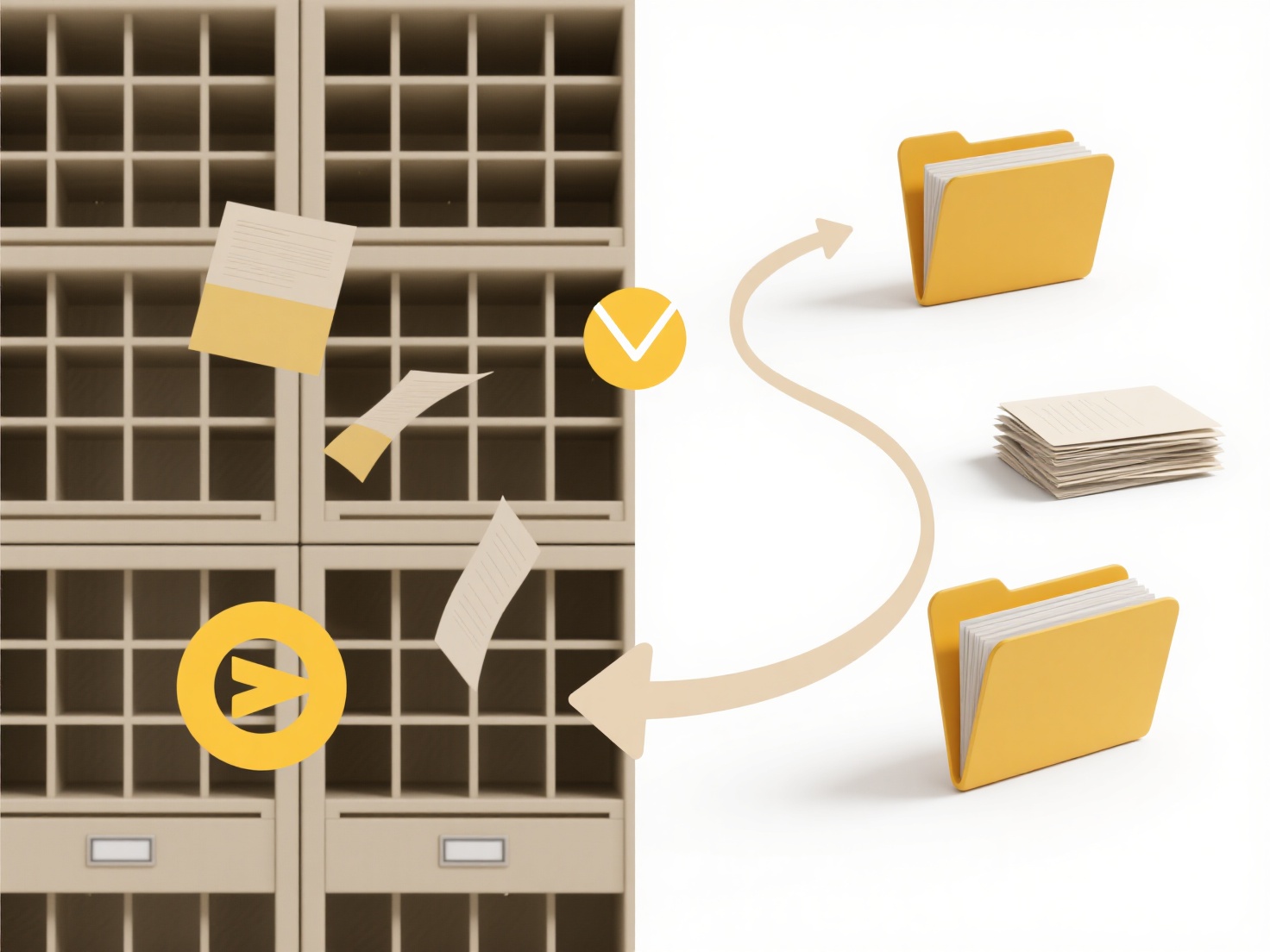
Enforcing naming conventions at scale involves establishing clear rules for naming resources (like files, variables, servers, or database tables) and systematically applying these rules consistently across a large environment. It moves beyond manual enforcement by leveraging automation tools and processes to validate names during creation or modification, ensuring widespread adherence without individual policing. This contrasts with localized manual checking, which becomes inefficient and error-prone as the number of resources and users grows.
Practical implementations include embedding checks within Infrastructure as Code (IaC) tools like Terraform or AWS CloudFormation to reject deployments with non-compliant resource names. Development teams often integrate linters or custom scripts into their Continuous Integration/Continuous Deployment (CI/CD) pipelines or IDEs to automatically flag variables or functions that violate predefined coding standards, preventing non-compliant code from merging.

The primary advantages are vastly improved consistency, discoverability, and operational efficiency at large sizes. However, implementing robust systems requires upfront investment in tooling and can introduce complexity. Potential drawbacks include occasional false positives blocking legitimate work and the need for clear communication and documentation of the rules. Careful design ensures the conventions enhance clarity rather than becoming arbitrary hurdles, ultimately streamlining collaboration and resource management.
How do I enforce naming conventions at scale?
Enforcing naming conventions at scale involves establishing clear rules for naming resources (like files, variables, servers, or database tables) and systematically applying these rules consistently across a large environment. It moves beyond manual enforcement by leveraging automation tools and processes to validate names during creation or modification, ensuring widespread adherence without individual policing. This contrasts with localized manual checking, which becomes inefficient and error-prone as the number of resources and users grows.
Practical implementations include embedding checks within Infrastructure as Code (IaC) tools like Terraform or AWS CloudFormation to reject deployments with non-compliant resource names. Development teams often integrate linters or custom scripts into their Continuous Integration/Continuous Deployment (CI/CD) pipelines or IDEs to automatically flag variables or functions that violate predefined coding standards, preventing non-compliant code from merging.

The primary advantages are vastly improved consistency, discoverability, and operational efficiency at large sizes. However, implementing robust systems requires upfront investment in tooling and can introduce complexity. Potential drawbacks include occasional false positives blocking legitimate work and the need for clear communication and documentation of the rules. Careful design ensures the conventions enhance clarity rather than becoming arbitrary hurdles, ultimately streamlining collaboration and resource management.
Related Recommendations
Quick Article Links
Can I rename scan results by patient or ID?
Renaming scan results allows customizing filenames to include specific identifiers like patient ID, name, or accession n...
Is it better to use camelCase, snake_case, or Title-Case for file names?
camelCase uses lowercase for the first word and capitalizes the first letter of subsequent words (e.g., `myProjectFile.t...
How do I organize files for ISO/IT audits?
Organizing files for ISO or IT audits involves creating a logical, controlled system for storing evidence demonstrating ...